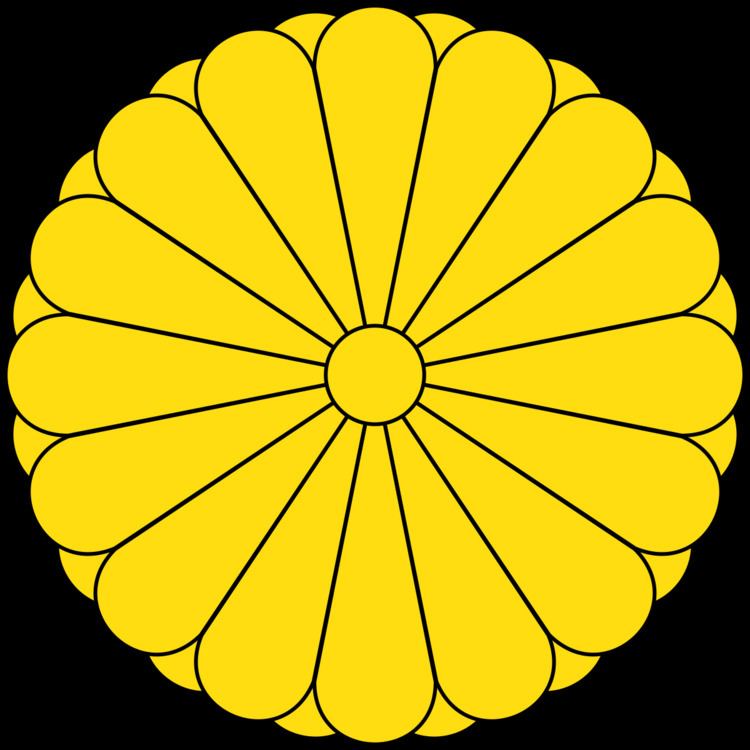 | ||
The Arisugawa-no-miya (有栖川宮) is one of the shinnōke, branches of the Imperial Family of Japan which were, until 1947, eligible to succeed to the Chrysanthemum Throne in the event that the main line should die out.
The Arisugawa-no-miya house was founded by Prince Yoshihito, seventh son of Emperor Go-Yōzei (d. 1638), and was originally named Takamatsu-no-miya. The house changed its name to Arisugawa-no-miya after its 2nd head, Prince Nagahito was elevated to the throne as Emperor Go-Sai.
The Arisugawa-no-miya house traditionally served as instructors in calligraphy and waka composition to successive generations of Emperors, but after the Meiji restoration played important roles in the early Japanese military.
The Arisugawa line ended early in the twentieth century when no male heirs remained. However, the Imperial Household Agency revived the original title of Takamatsu-no-miya for the third son of Emperor Taishō. The line again became extinct on Prince Takamatsu Nobuhito’s death, as he had no children.
In 2003, an impostor to the Arisugawa line appeared, and stole a great deal of money.
※In Imperial Household Law at that time, the house of an imperial prince was not admitted to be succeeded to by taking away the adopted son. Prince Nobuhito newly founded the Takamatsu-no-miya. Therefore, Prince Nobuhito is not the eleventh generation but the first Takamatsu-no-miya.
